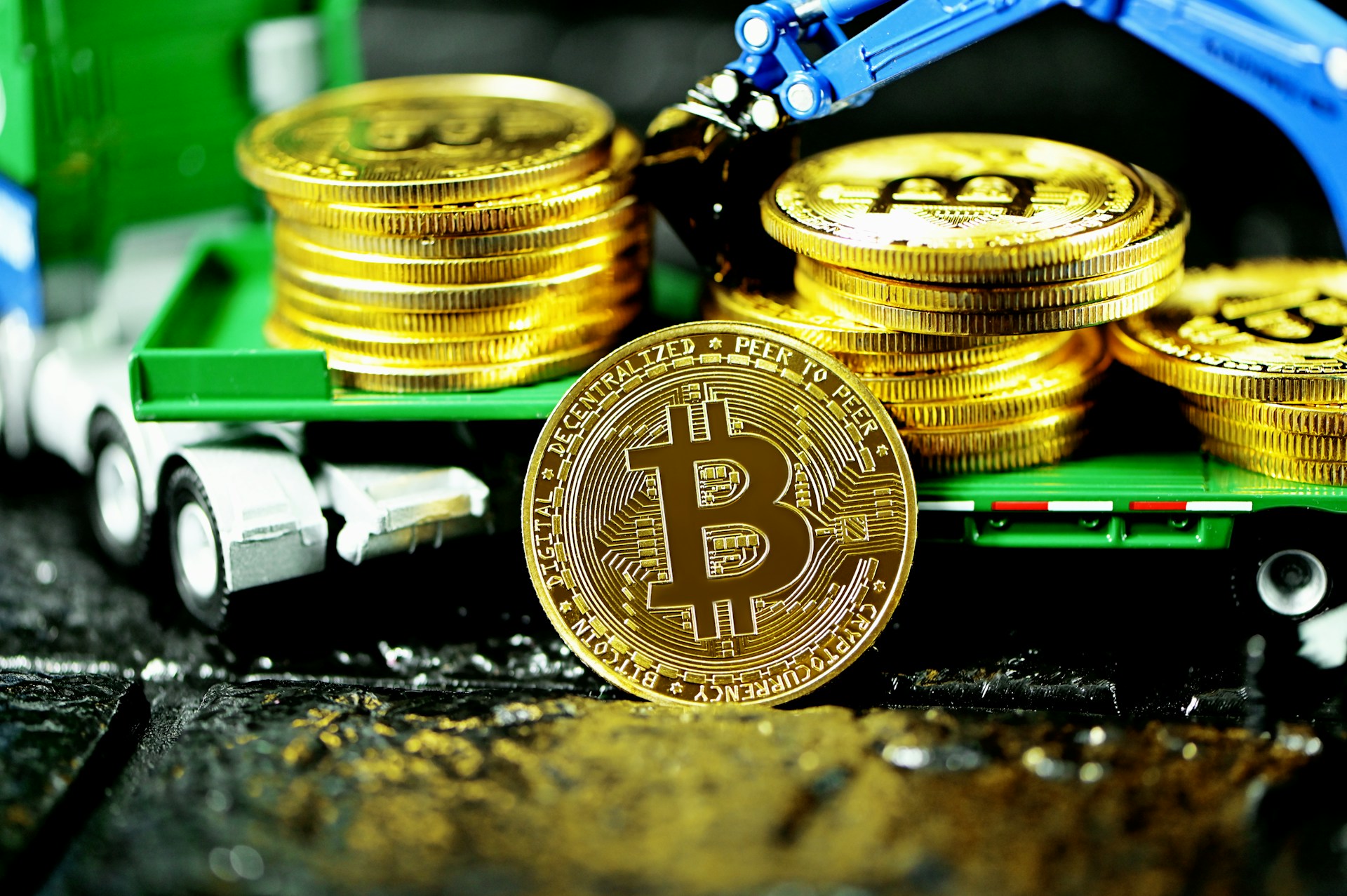Why fast food customers want more kiosks
And other restaurant ordering insights as customers value personalization and loyalty program integrations.

As chains such as McDonald's, Taco Bell and Chick-fil-A experiment with new store styles, they might want to invest more in kiosks, and curbside pickup options, according to a new customer survey.
Customers of fast food and fast-casual chains want to see more kiosks—which they say allows them to explore more menu options and fully customize their order—and would prefer curbside or in-store pickup instead of paying high delivery fees, according to the survey from Tillster, a platform that provides digital ordering, delivery, couponing and loyalty solutions, and research firm Dynata.
The fifth annual Phygital Index Report surveyed more than 1,000 U.S.-based diners who have ordered food from a quick service/fast food chain, fast-casual chain or casual dining chain within the past three months about their ordering habits, experiences, and preferences. The survey was conducted during March and April.
The report looked at consumer sentiment around kiosks, web and mobile ordering, and pickup and delivery options. It found that customers highly value personalized offers and easy integration with loyalty programs.
Queue for the kiosks
Although it feels like almost every eatery has an app, not all quick-service and fast-casual restaurants have kiosks. Kiosk usage became more common during the height of the pandemic, the report found, as a way to decrease interaction with others. But customers seem to have grown accustomed to this ordering route: 34% of customers said they would like restaurants to have more self-service kiosks.
Kiosks are ideal for restaurants that have a significant amount of dine-in traffic, said Hope Neiman, chief marketing officer for Tillster, adding that “a few examples are urban areas or restaurants in smaller communities where they are a place that people congregate.”
Of respondents who have used a kiosk in the past three months, the majority are regular users: 88% use a kiosk at least once a month—with nearly half doing so at least once a week. Kiosk fans fall into two categories: “beeliners,” who value speed and convenience, and “explorers,” who like to use the kiosk to browse options, according to the survey. That browsing time leads to larger orders, with three-quarters of customers saying they ordered more items than they intended after ordering from a kiosk.
“[Kiosks are] an ideal case of the customer winning, by meeting their desires, and the restaurant winning, given both the ROI improvements as a result of higher average check and the ability to move crew members to higher value tasks,” Neiman wrote.
But consumers also have high expectations for kiosk orders, and want to be able to do more than if they ordered in-person at the register. The survey advised restaurants to make their kiosk user experience intuitive but also easy for customers to access their loyalty accounts, see past orders and get personalized menu recommendations.
On the go
Mobile ordering boomed during the height of the pandemic as consumers leaned on takeout and curbside delivery. While apps such as Grubhub and DoorDash benefited, the Tillster survey found that 71% of customers prefer to directly use a restaurant’s website or app, with nearly 60% saying it’s easier to customize their order and is more convenient. Also, 56% value being part of the loyalty program, and 53% cite direct ordering as being less expensive.
But customers are aware of the amount of data they give restaurants’ websites and apps, and expect more from directly transacting with them—64% of those surveyed wanted to see more exclusive offers and discounts, with 44% wanting more customization options.
Restaurants could also take this a step further with a bring-to-table option, where diners order through their phones or a kiosk and have food brought to their table—52% of customers said they would try a bring-to-table option.
“This is live in one of our large Central American clients, Pollo Campero, who has enabled it in Guatemala,” Neiman wrote. “We also have European markets for Burger King who have this feature turned on with a great deal of success.”
Delivery vs curbside
Customers also prefer to use restaurant-owned websites and apps to place orders for delivery and pickup orders. The report found that nearly 90% of survey respondents had placed orders for pickup or delivery, with 29% using a restaurant’s app or website or delivery about once a week, and 31% opting for in-store or curbside pickup. Of course, plenty of brands feel the need to participate in third-party delivery apps because it gives them more access to consumers. Domino’s, which had been one of the few third-party holdouts, recently relented, inking deals with Uber Eats and Postmates.
Survey respondents have a range of motivations for ordering delivery—77% cited using delivery because they had a large family order, 72% said they did it to avoid bad weather and 75% said they just didn’t feel like going to pick it up.
Still, delivery and pickup orders have higher abandonment rates than in-person orders. Potential customers stop when they see final order costs or long wait times. The survey found that 47% of respondents abandoned a delivery order because it was too expensive.
Nearly 70% of respondents who used curbside pickup said they would be more likely to visit a quick-service restaurant if it offered curbside pickup. Customers often prefer this because it’s faster than delivery (52%), the food is still hot (47%), it’s less expensive than delivery (47%), and they don’t have to interact with as many people (36%).
Quick-service restaurants could improve the customer experience by giving people more information up front to help decide on a delivery method, perhaps by showing time estimates for both pickup and delivery. On top of this, brands could personalize offers for customers. For example, if delivery times are too long, they could get a discount for choosing curbside.

 Aliver
Aliver 































